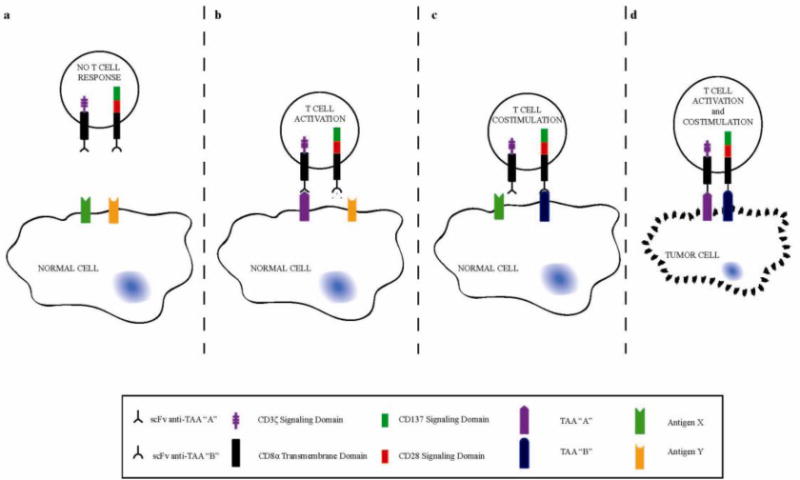Figure 1. Combinatorial Antigen Recognition Allows For Selective Tumor Eradication.

By using a CAR to supply a CD3ζ signal (purple) upon binding respective antigen (“A”) and a CCR to supply CD28 and CD137 signals (green and red) upon binding respective antigen (“B”), selective tumor eradication can be accomplished. Engineered T cells will remain unresponsive to cells not expressing either antigen specific to the CAR or CCR (A). Upon binding of the CAR alone (B), T cells can receive only T cell activation that can result in short-term cell lysis depending on the affinity or efficacy of the CAR binding alone. By reducing the affinity or efficacy of the CAR, activity to single positive cells can be avoided. Having only the CCR bind cells single positive cells (C) will engage T cell costimulation, but without activation no response of CCR binding alone can be measured. Only when T cells encounter tumor cells identified to be double positive for CAR and CCR respective antigens (D) can both T cell activation and costimulation occur, resulting in complete eradication of double positive tumor cells.
